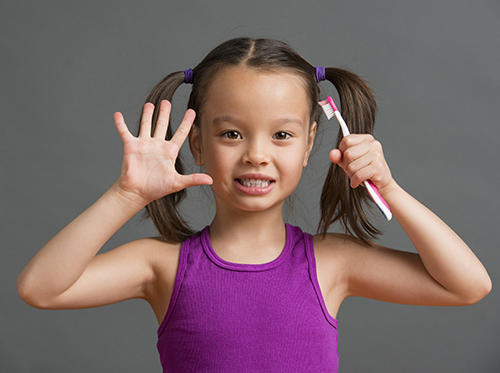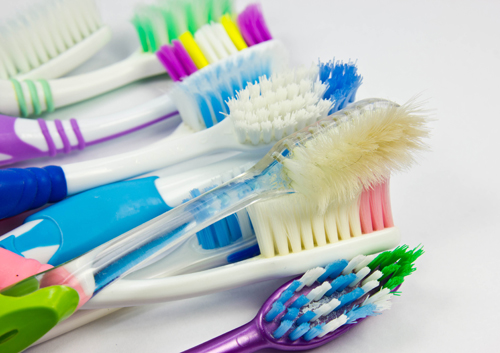Caring for Your Smile after Invisalign® Treatment
October 29th, 2019

You went through a lot of effort and work to achieve your perfect smile. You wore your Invisalign aligner trays, brushed and flossed diligently, and now your treatment is done! What happens now?
In order to keep your teeth healthy and beautiful, you should keep several practices in play.
Retainers
Although everyone’s needs are different, many patients require a retainer after Invisalign treatment. If a retainer is recommended by Dr. Vincent Cardinale and Dr. Chris Moody, use it as directed. Not wearing retainers could result in shifting teeth and potentially ruin your results.
It’s also recommended that you avoid hard, crunchy foods for the first few weeks as your teeth adjust. For younger patients, retainers are normally worn until the wisdom teeth come in or are extracted.
Brushing and Flossing
It should come as no surprise that flossing should still be done every day to remove plaque, which can develop into tartar or calculus. The build-up can lead to gingivitis and gum disease.
Your gums may be more sensitive for a week or two after your orthodontic work is completed. A warm saltwater rinse may relieve discomfort.
Because your teeth have been protected by your Invisalign aligners and are now fully exposed, they may be more sensitive the first few weeks after treatment. If that’s the case, we can recommend a sensitive toothpaste to relieve your discomfort. If your teeth are stained, a professional whitening treatment may be considered.
Regular Dental Checkups
Regular dental exams ensure your teeth stay healthy for life. Professional cleanings, X-rays, and cavity treatment can be addressed by staying on top of your routine checkups.
If you have any questions about how to care for your teeth after your Invisalign program, please ask our Naples, FL team. We want you to keep your healthy smile and enjoy the results of your Invisalign treatment.




